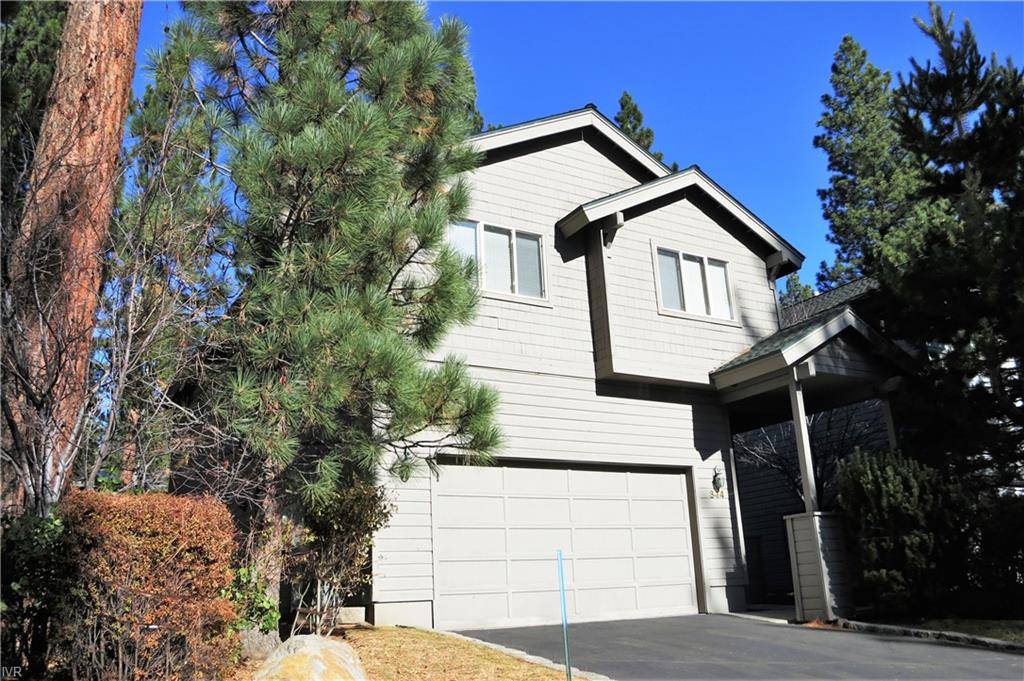Keeping track of the cost of capital improvements to your home can really pay off on your tax return when it comes time to sell.

It’s no secret that finishing your basement will increase your home’s value. What you may not know is the money you spend on this type of so-called capital improvement could also help lower your tax bill when you sell your house.
Tax rules let you add capital improvement expenses to the cost basis of your home. Why is that a big deal? Because a higher cost basis lowers the total profit—capital gain, in IRS-speak—you’re required to pay taxes on.
The tax break doesn’t come into play for everyone. Most home owners are exempted from paying taxes on the first $250,000 of profit for single filers ($500,000 for joint filers). If you move frequently, maybe it’s not worth the effort to track capital improvement expenses. But if you plan to live in your house a long time or make lots of upgrades, saving receipts is a smart move.
What counts as a capital improvement?
While you may consider all the work you do to your home an improvement, the IRS looks at things differently. A rule of thumb: A capital improvement increases your home’s value, while a non-eligible repair just returns something to its original condition. According to the IRS, capital improvements have to last for more than one year and add value to your home, prolong its life, or adapt it to new uses.
A rule of thumb: A capital improvement increases your home’s value, while a non-eligible repair just returns something to its original condition.
Capital improvements can include everything from a new bathroom or deck to a new water heater or furnace. Page 9 of IRS Publication 523 has a list of eligible improvements. There are limitations. The improvements must still be evident when you sell. So if you put in wall-to-wall carpeting 10 years ago and then replaced it with hardwood floors five years ago, you can’t count the carpeting as a capital improvement. Repairs, like painting your house or fixing sagging gutters, don’t count. The IRS describes repairs as things that are done to maintain a home’s good condition without adding value or prolonging its life.
There can be a fine line between a capital improvement and a repair, says Erik Lammert, tax research specialist at the National Association of Tax Professionals. For instance, if you replace a few shingles on your roof, it’s a repair. If you replace the entire roof, it’s a capital improvement. Same goes for windows. If you replace a broken window pane, repair. Put in a new window, capital improvement. One exception: If your home is damaged in a fire or natural disaster, everything you do to restore your home to its pre-loss condition counts as a capital improvement.
Read the full article: “Did You Sell Your Home After Making Improvements?”
Source: HouseLogic.com







